Officer started work last October in a position that has existed in Alberta and British Columbia but not in Saskatchewan
Cpl. Owen Third worked at the RCMP for 18 years before becoming livestock investigator, a role new to the RCMP. With two in Alberta and one in British Columbia, he said it was time Saskatchewan had one, as well. “When I started at the beginning of October, it was number one, getting to know people […] Read moreBeef cattle
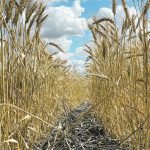
Farmers encouraged to give AgriStability another look
AgriStability is a business risk management program that few producers understand and as a result many have left the program. It provides cheap disaster insurance based on an operation’s margins. The margin is calculated as allowable income (such as grain and cattle sales), less allowable expenses. Allowable expenses are the direct variable expenses, and include […] Read more
Canfax report
This cattle market information is selected from the weekly report from Canfax, a division of the Canadian Cattlemen’s Association. More market information, analysis and statistics are available by becoming a Canfax subscriber by calling 403-275-5110 or at www.canfax.ca. Fed price rise ends Since the start of January, fed prices have rallied 33 percent. This is […] Read more
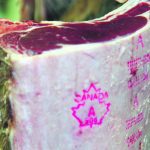
CCA pushes to exclude U.K. from CPTPP
The Canadian Pork Council, the Canadian Cattle Association and the Canadian Meat Council strongly oppose Britain joining the CPTPP. The stance is an unusual one for Canada's red meat sector, which normally supports open markets and free trade.

Dryness helps push up feedgrain prices
As dry conditions continue to take root across much of the Canadian Prairies, feedgrain prices have for the most part been climbing, according to Susanne Leclerc of Market Master Ltd. in Edmonton. “The futures are coming up on quite a few commodities, so the prices have been coming up slightly,” Leclerc said about feedgrains. “It’s […] Read more
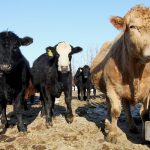
More positive TB tests from Sask. herd
The number of positive cases of bovine TB in a Saskatchewan herd has risen to eight. The Canadian Food Inspection Agency updated the ongoing investigation and testing July 12. Live animal testing of one contact herd is continuing this month, and trace-out and trace-in herds are still being identified. So far, 160 animals have been […] Read more
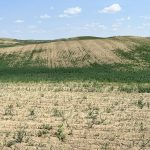
Prairie farmers face another drought-reduced crop
Thousands of crop insurance claims and many fields that won’t even see a combine. That’s how the 2023 crop is shaping up. It won’t be a repeat of the 2021 drought disaster. Many areas have average to above average crops so total production shouldn’t be as dismal as two years ago. However, the dryness has […] Read more
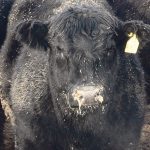
Sask. tracing continues in bovine TB case
About 160 cattle from a Saskatchewan herd have been destroyed after two animals from the herd tested positive for bovine tuberculosis. The cases were confirmed June 19 after the two animals were sent to a slaughter facility in the United States in February. The Canadian Food Inspection Agency said in a July 10 email that […] Read more
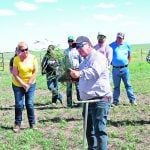
Manure should be applied precisely
Livestock producers are advised to vary their application rates over knolls and hollows and have patience for success
Precision application may not come immediately to mind when it comes to managing cattle manure, but Jeff Schoenau, professor of soil fertility at the University of Saskatchewan and professional agrologist, said it shows benefits for crops and the environment.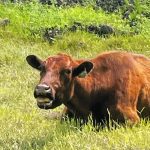
Revisiting modern day lumpy jaw and wooden tongue
The bacteria that causes lumpy jaw causes changes to the jaw bone. You can get rid of the infection, but not the changes. However, as long as it doesn’t worsen and the cattle can eat properly, it should have little effect and the swelling can remain until the animals go to the packing plant.




